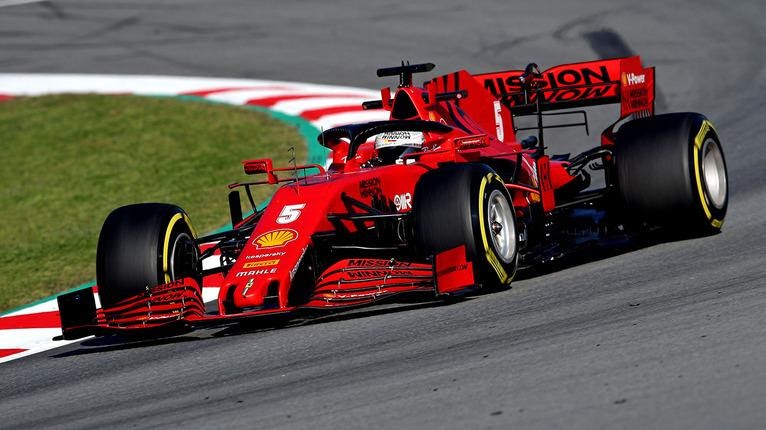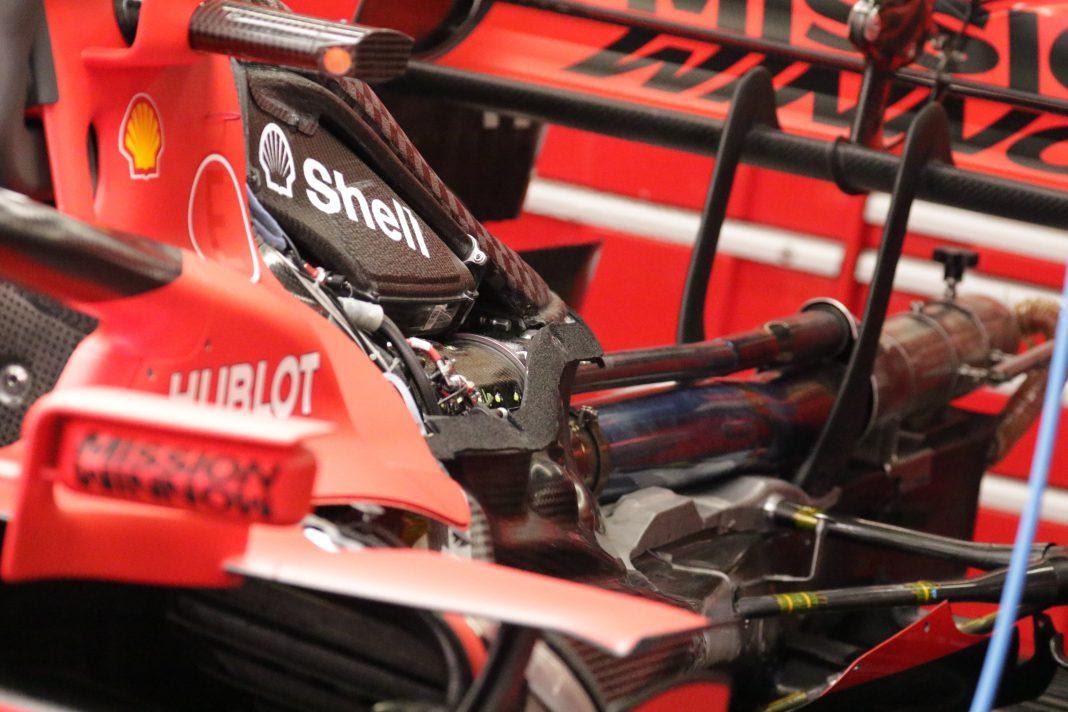Last month saw the launch of the Ferrari SF1000. The Ferrari SF1000 is so named, as Ferrari will compete in their 1000th grand prix during the 2020 season. It’s a stunning achievement by Ferrari. Scuderia Ferrari first lined up on the grid in 1950 at the Monaco Grand Prix. This was the second World Championship grand prix that was held, the first being the British Grand Prix earlier that year. Ferrari have been a fixture of the Formula One World Championship ever since.

The Ferrari SF1000 will be powered by the Ferrari 065 power unit. Not a lot of coverage is given to the hybrid engines that have been used in Formula One since 2014 and I can never understand why. They are an amazing innovation that Formula One should be shouting to the roof tops.

Let’s take a look at the power unit. The engine component is a 1.6 litre V6 turbo. They have a maximum 15000 rpm. What’s really special here is that, instead of the spark plug being inside the combustion chamber, these engines have a separate pre-ignition chamber. The fuel is delivered by direction injection but 3% is directed to this pre-ignition chamber. Here the rich mix of fuel is ignited, which produces flame jets through tiny holes, that in turn ignite the air-fuel mix simultaneously at several points in the cylinder. This gives a longer “burn” and is much more fuel efficient. Here is an excellent article on enginelabs.com if you want to read more: https://www.enginelabs.com/news/f1-tech-what-is-turbulent-jet-ignition/
Ferrari claims that a new design of their ICE combined with a new fuel represents a step forward in efficiency for their power unit.
Formula One power units are restricted to a fuel limit of 110 kg per race and a fuel flow rate of 100 kg/hr max. This means that they cannot increase the power of the car by injecting more fuel above the prescribed fuel flow rate. In order to produce more power, they use the ERS or Energy Recovery System.
The ERS system converts heat and mechanical energy into electrical energy. The first is the MGU-K (Motor Generator Unit – Kinetic). Under braking, the kinetic energy is converted to electrical energy. The MGU-H system (Motor Generator Unit – Heat) is connected to the turbocharger to capture heat energy from the exhaust and convert it into electrical energy. The system harvests this electrical energy and feeds it to the Energy Store (a specialist battery). Both MGUs can work both ways, recovering and supplying energy.
The MGU-H can feed energy from ES back to the turbo, boosting the turbo on acceleration; this has eliminated turbo lag from Formula One cars.
The final part of the Power Unit is the Electronic Control Unit or ECU that controls the ERS system. The electronic brain of the system, it undertakes millions of checks per seconds and transmits data to the teams.
The ERS gives the driver a maximum of 4MJ per lap. This extra power can be used by the driver to either go for a flat out fast lap or to save the energy to use as a power boost for overtaking. It’s an additional on-demand 160 BHP.
This system means that the cars are in part being powered by electrical energy generated in their Energy Recovery System. Waste heat is being recycled and converted into forward motion!
In 2020 the regulations allow for 3 engines, turbos, MGU-K and MGU-H systems to be used throughout the season. The teams can replace the ECU and ES twice.
The Formula One power unit is much maligned in the press for taking away the noise; the nostalgia for screaming V12s is ever present. The loudness of the engines certainly added a certain atmosphere and excitement. The engines frequently failed – often spectacularly. Drivers often ran out of fuel, significantly affecting the race results in a way that would cause outrage today. I don’t think that they should be missed. I do think it would be better if Formula One did more to promote the current technology, which is truly ground-breaking. The power of hybrid: It may not be loud, but it’s quietly sophisticated!
To see more about the SF1000 please see: https://www.ferrari.com/en-EN/formula1/articles/welcome-to-the-new-sf1000
Clare Topic
clare.topic@outlook.com
Videos



Comments
Authorize to comment